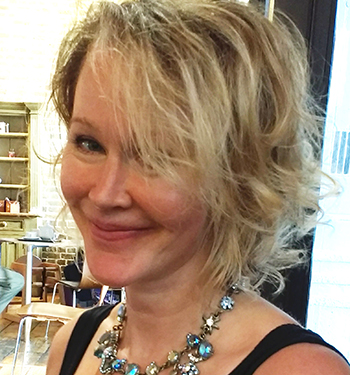Susan Young
United Kingdom

“Who is, or Was, Ms A”?
Using Autoethnographic Animation to Survive and Subvert Psychiatry’s Narratives of Entrapment and Oppression
WEBINAR 1: The Many Forms of Censorship
This paper explores autoethnographic animation practice as a method for both critiquing psychiatry and rescripting trauma.
Psychological trauma disrupts thinking and gives rise to intrusive memories, flashbacks and fragmented recall of events. Unfortunately, further trauma can be experienced within the psychiatric system, where survivors are disbelieved and silenced, and where they often receive pejorative diagnostic labels that can radically change how others see that person and how the person sees themselves. This gives rise to experiences of oppression and ‘narrative entrapment’, a term autoethnographer Dr Alec Grant uses to describe how society, organizations and institutions can harm individuals by shoe-horning them into diagnostic frames or otherwise negating their experiences.
In the last 100 years there have been at least three cycles of narrative entrapment in which trauma is defined or denied (or both), as a cause of mental distress. Sigmund Freud swapped his seduction theory for the Oedipus Complex; during WW1 shell-shocked soldiers were executed for cowardice; and in the 1970’s the women’s movement raised awareness of sexual and domestic violence. During each cycle, the fragmented nature of survivor’s memories was used either to raise doubt about their veracity or as proof of psychological injury, (and in Freud’s case, to advance his own theories) These cycles continue today with current myths about rape, and disbelief in the testimony of victims of crime with a mental health label. Individuals discredited in this way rarely receive justice and their trauma is thus compounded.
In this paper I examine the use of reflexive autoethnography to critically interrogate narratives of entrapment and oppression in the mental health system, which I view as assaults on a person’s identity. I will explore how my own research challenges psychiatry’s biographical violence by using autoethnographic animation to rescript personal psychiatric and legal records and contest oppressive diagnostic labels. I see this as a form of subversion, of political resistance, and of bearing witness to the harm caused by the mental health system. I will illustrate my arguments with extracts both from my own work and from experimental filmmaker Dirk De Bruyn, who explores the fragmented nature of traumatic memory within his materialist film practice.
Biography
Susan Young is a BAFTA-nominated animation director whose commissioned work is notable for its dynamic movement and fluid linear qualities. She is currently researching animation’s capacity as a medium for processing psychological trauma at the Royal College of Art. Her research is interdisciplinary, combining a cognitive focus with autoethnographic methodologies. Her practice currently uses personal archives of psychiatric and legal records to bear witness to trauma, and to critique and challenge the institution of psychiatry.


